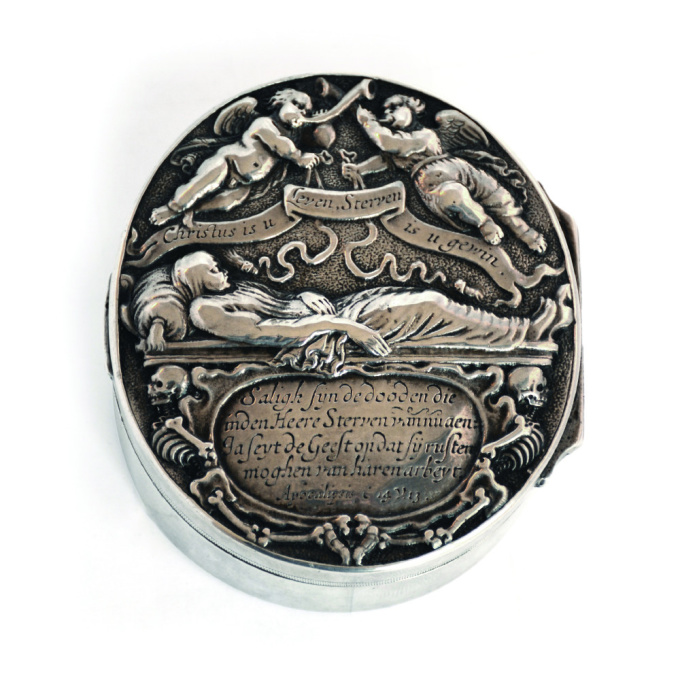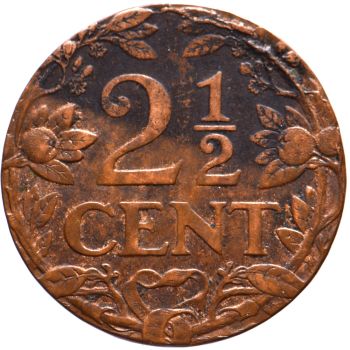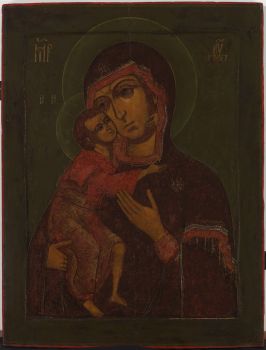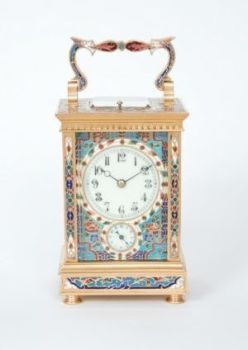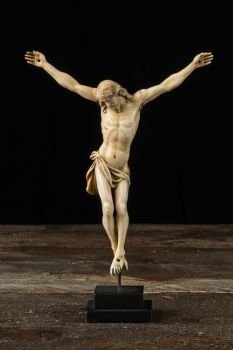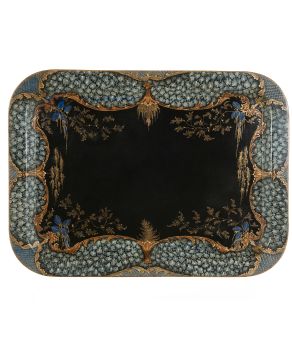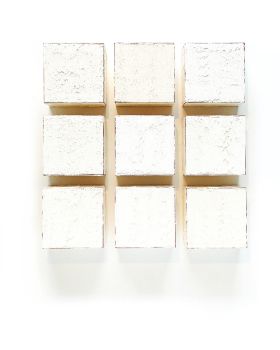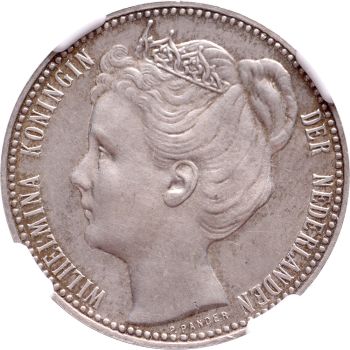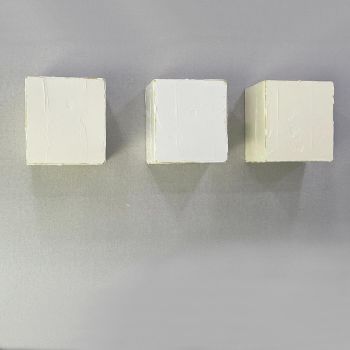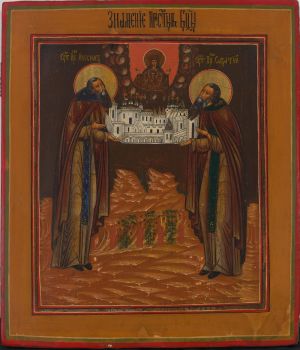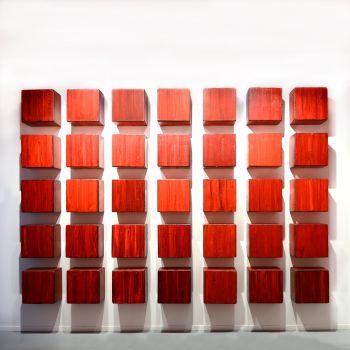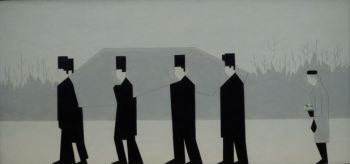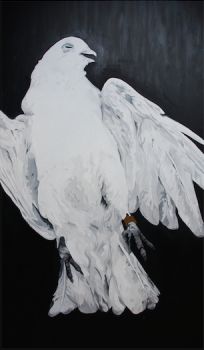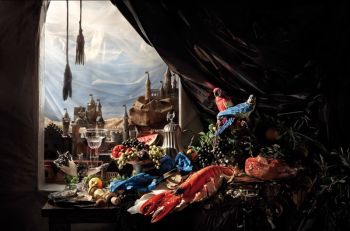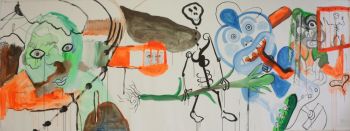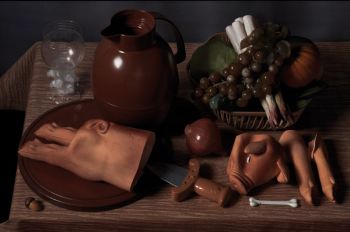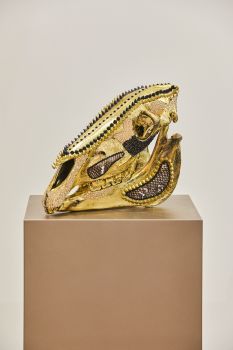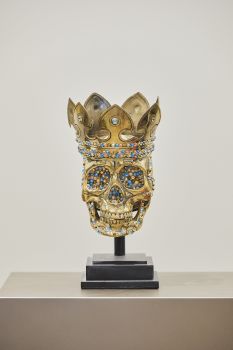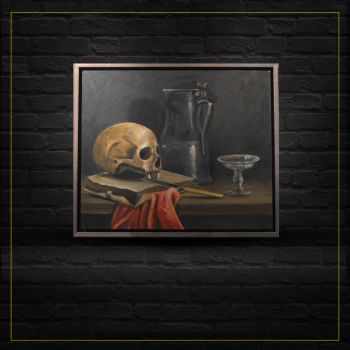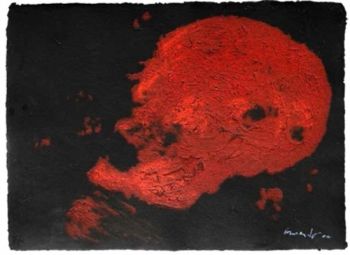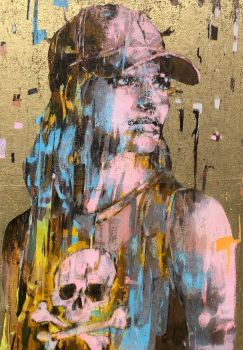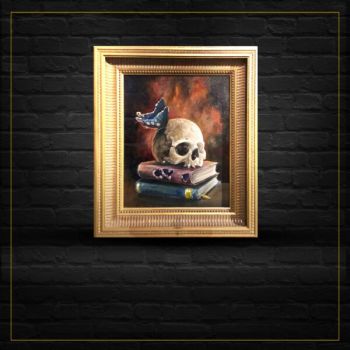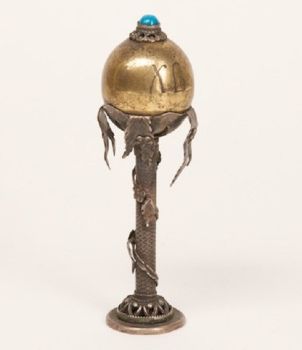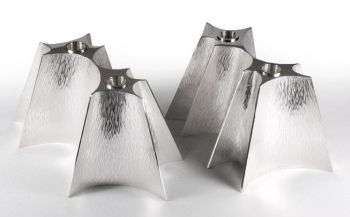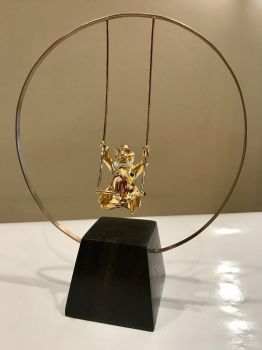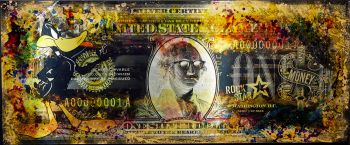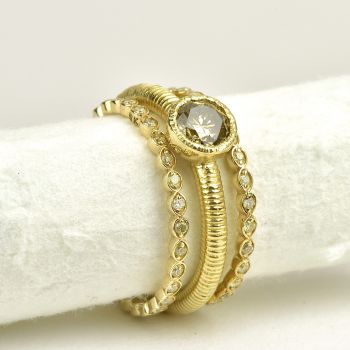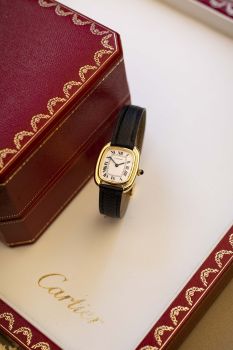Boîte pour sol consacré avec médaille unilatérale sur la mort 1650
Artista Sconosciuto
OroArgento
7.10 ⨯ 6.50 ⨯ 2.40 cm
Attualmente non disponibile tramite Gallerease
- A proposito di opere d'arteBox from the first quarter of the 19th century with 17th century one-sided hollow cast medal. Deceased lying on an altar, supported by two skeletons, in between a crouch with engraving: "Saligh sijn de dood en die / in den Heere Sterven van nu aen: / Ja seyt de Geest op dat sij rusten / moghen van haren arbeyt. / Apocalipsis c 14 v 13", two putti above, each blowing on a trumpet, holding a ribbon on which can be read: "Christus is u Leven, Sterven is u gewin."
Bottom of box engraved with floral ornaments within oval of geometric ornaments.
Guilded interior.
Dimensions: 71 x 65 x 24 mm
VERY RARE
These boxes, which originally came with a small scoop, were used at funerals by the catholic clergy. They came into use due the fact that in some cases the mortal remains could not be buried in consecrated ground. This could concern, for example, criminals, prostitutes or stillborn children out of wedlock. The priest would fill the box with some soil from the church cemetery and sprinkle it over the grave that lay outside the churchyard. A comfort for the bereaved, since the deceased would still rest in consecrated ground. - A proposito di opere artista
Può succedere che un artista o un creatore sia sconosciuto.
Alcune opere non sono determinate da chi sono state realizzate o sono state realizzate da (un gruppo di) artigiani. Esempi sono statue dell'antichità, mobili, specchi o firme non chiare o leggibili ma anche alcune opere non sono affatto firmate.
Inoltre puoi trovare la seguente descrizione:
•"Attribuito a …." A loro avviso probabilmente opera dell'artista, almeno in parte
•“Studio di ….” o “Officina di” A loro avviso un'opera eseguita nello studio o nella bottega dell'artista, eventualmente sotto la sua supervisione
•“Cerchio di…” A loro avviso un'opera del periodo dell'artista che mostra la sua influenza, strettamente legata all'artista ma non necessariamente al suo allievo
•"Stile di..." o "Seguace di..." A loro avviso un'opera eseguita nello stile dell'artista ma non necessariamente da un allievo; può essere contemporaneo o quasi contemporaneo
•“Modalità di…” A loro avviso un'opera nello stile dell'artista ma di epoca successiva
•"Dopo …." A loro avviso una copia (di qualsiasi data) di un'opera dell'artista
•“Firmato…”, “Datato…” o “Iscritto” A loro avviso l'opera è stata firmata/datata/inscritta dall'artista. L'aggiunta di un punto interrogativo indica un elemento di dubbio
•"Con firma....", "Con data...", "Con iscrizione..." o “Riporta firma/data/iscrizione” a loro avviso la firma/data/iscrizione è stata aggiunta da qualcuno diverso dall'artista
Artwork details
Related artworks
- 1 - 4 / 12
Artista Sconosciuto
Two Centaurs, France or Italylate 18th
Prezzo su richiestaRobert Schreuder Antiquair
Rene Rietmeyer
''PORTRAIT OF JOSEPH KOSUTH - ROMA 2008''2008
Prezzo su richiestaEuropean Cultural Centre Collection
1 - 4 / 24Umberto Ciceri
Hypertrait - Female 1800 (1/1) (12 werken van 50 x 50 cm)2022
Prezzo su richiestaAbrahamArt
1 - 4 / 24Artista Sconosciuto
Uovo di Pasqua di presentazione russo d'argento1880 - 1899
Prezzo su richiestaH.W.C. Dullaert Art & Antiques Dealer
1 - 4 / 24

